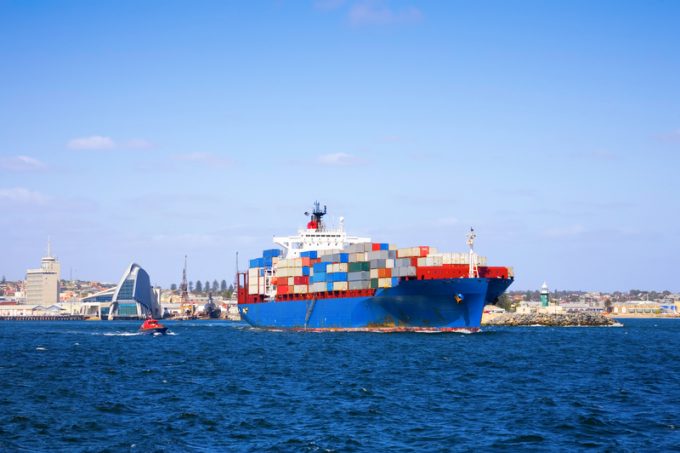Trend for vertical integration may not be right for multimodal transport
Carriers and shippers with ambitions to be integrators looking to “take the forwarder out” of ...

A torrid year for Australia’s ports and shipping will be capped by a futher round of industrial action at DP World Fremantle – beginning on Christmas Day.
The action, by the Maritime Union of Australia (MUA), includes a range of work restrictions and a ban on overtime until 2 January.
DP World Australia said it “regretted the impact it would have on customers’ businesses”, and remains “committed to reaching a new enterprise agreement that delivers improved productivity”.
The terminal operator thought it had ...
Volcanic disruption at Anchorage could hit transpacific airfreight operations
Macron calls for ‘suspension’ – CMA CGM's $20bn US investment in doubt
Forwarders stay cool as US 'liberation day' tariffs threaten 'global trade war'
Shippers snap up airfreight capacity to US ahead of tariff deadline
De minimis exemption on shipments from China to the US will end in May
Tighter EU import requirements proving 'a challenge' for forwarders
Looming Trump tariffs will create 'a bureaucratic monster' for Customs

Comment on this article